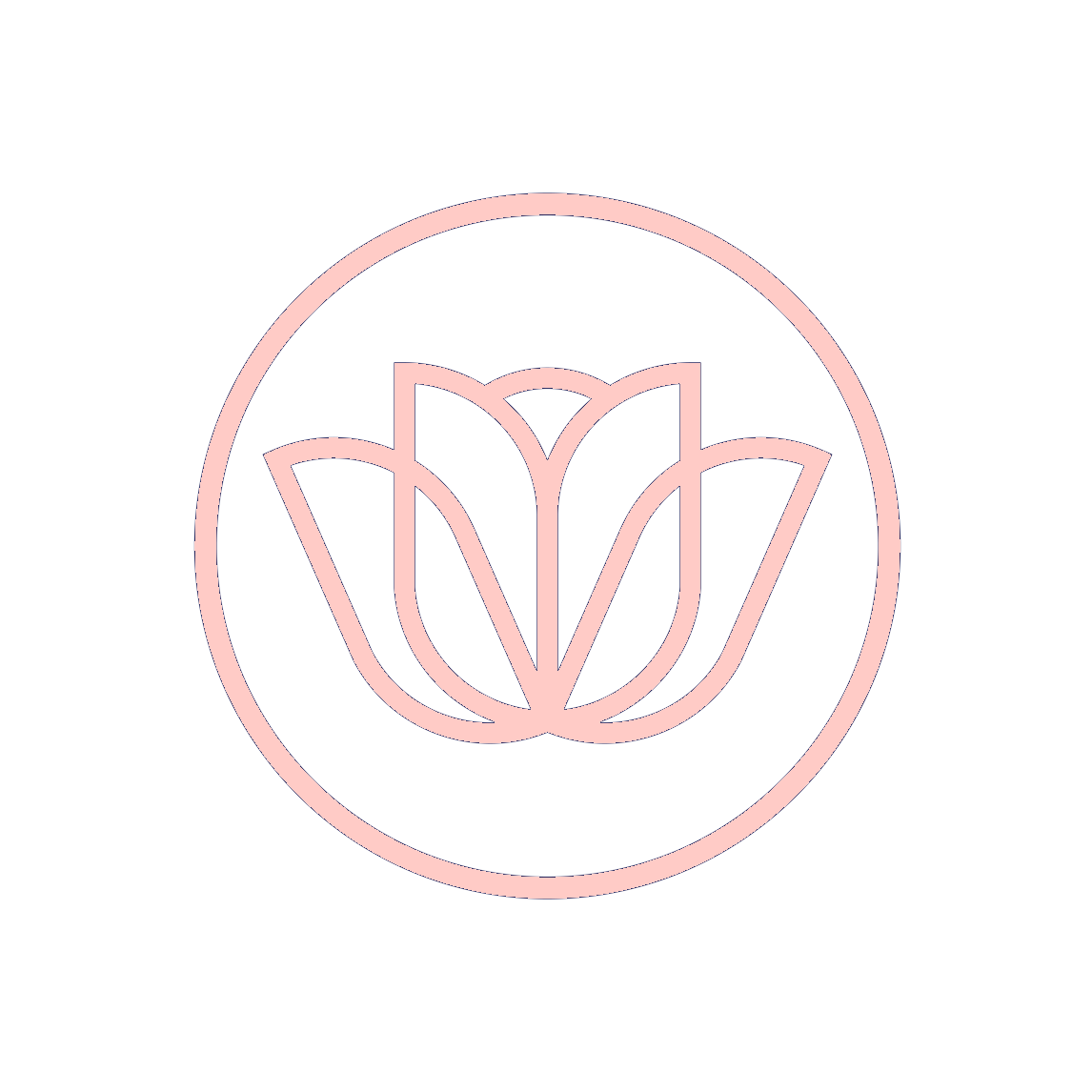OUR BRANDS
💎 About Our Brands
Curated with integrity. Chosen for results.
🌿 Our Philosophy
We partner with brands that share our belief that beauty should be effective, ethical, and emotionally soothing.
Each brand we carry is independently owned and passionately created by people who care — scientists, formulators, and founders dedicated to transparency, sustainability, and skin health.
We hand-select every product based on The Clean Confidence Standard™ — meaning it’s proven to work, safe for your skin, and made with respect for the planet.
No greenwashing. No hidden toxins. Just results you can feel good about.
👉 View our full list of banned ingredients
💎 The Indie Beauty Collection
They work. They do no harm. They’re a joy to use.
The Sunscreen Company
(Home of Ava Isa and CyberDerm)
Canadian-made and dermatologist-developed, The Sunscreen Company formulates advanced skincare and mineral sunscreens that redefine sun protection. Ava Isa brings effortless daily wear with a soft matte finish, while CyberDerm focuses on clinical-grade performance and innovative UV defense. Both brands share one mission: protecting your skin with clean, elegant formulas that make SPF feel like skincare, and skincare feel like joy.
Taramar Beauty
Born in Iceland, Taramar harnesses the power of marine bioactives from pristine Arctic waters to deliver visible, toxin-free results. Every product is hand-crafted in small batches using seaweed extracts rich in antioxidants and minerals that nourish skin at the cellular level. The result? Clean beauty backed by science — skincare that feels pure, potent, and peaceful.
Makanai Beauty
Rooted in over 100 years of Japanese craftsmanship, Makanai blends traditional beauty wisdom with modern clean formulations. Each product celebrates simplicity, purity, and the art of ritual — transforming daily skincare into moments of calm and self-respect. Makanai products are made with safe, effective ingredients and a deep respect for nature.
Carter + Jane
Founded by two women passionate about clean luxury, Carter + Jane crafts skincare powered by organic oils and innovative delivery systems. Their hero ingredient, prickly pear seed oil, is the foundation of their award-winning formulas — known for their ability to soothe, firm, and illuminate the skin naturally.
Mikel Kristi
A results-driven clean skincare line founded by a board-certified physician assistant and medical spa owner, Mikel Kristi blends plant-based ingredients with clinical actives for visible transformation. Their products are designed to simplify your skincare routine while supporting long-term skin health — where wellness meets performance.
Sensitive Skin Company
Created for those who feel left out by mainstream skincare, Sensitive Skin Company formulates gentle, barrier-supportive products that calm irritation and restore balance. Every ingredient is chosen for tolerance, safety, and efficacy — proof that simplicity and science can beautifully coexist.
Beau Brummell
Modern grooming, redefined. Beau Brummell creates simple, effective skincare and shaving essentials for men who value quality and clean ingredients. Each formula is crafted with natural actives and botanicals that promote healthy, balanced skin — elevating everyday self-care into a confident ritual.
Dermaglove
Developed by skin health professionals, Dermaglove uses biotech innovation to protect, cleanse, and restore your skin’s natural barrier. Originally created for healthcare environments, its gentle, waterless formulas support hydration and resilience — proof that advanced science and softness can coexist beautifully.
Hush & Hush
Created by a team of doctors and scientists, Hush & Hush offers luxury nutraceuticals that help you look and feel your best from the inside out. Their clean, clinically proven formulas support sleep, energy, longevity, and radiance — because true beauty starts at a cellular level.
MD Solar Sciences
Dermatologist-developed and eco-conscious, MD Solar Sciences creates mineral-based sunscreens that feel as good as they perform. Their lightweight, silky formulas blend seamlessly into the skin, providing broad-spectrum protection with clean ingredients and a luxurious finish. Safe, elegant, and everyday wearable.
Skinbuzz
Skincare made simple, safe, and fun for teens and young adults. Skinbuzz combines certified organic ingredients with gentle, effective actives to balance breakout-prone skin and encourage healthy habits from the start. Pure, bee-powered skincare that nurtures confidence and clarity.
The Wildness
Handcrafted in small batches, The Wildness celebrates the art of simplicity. Their natural soaps and body products are made from organic, locally sourced ingredients — minimal, mindful, and nourishing. Every product connects you back to nature’s rhythm and the beauty of slow living.
Loba Mane
Artistry meets sustainability in Loba Mane’s clean haircare. Their plant-based formulas strengthen and revive all hair types without compromise — no silicones, no sulfates, just nutrient-rich botanicals that bring hair back to life. Salon-quality performance with earth-conscious integrity.
💬 Our Brand Vetting Process
Every brand we feature is personally reviewed by our founder, Susan Kuse — a spa industry veteran and product educator with over 23 years of hands-on experience in natural and professional skincare.
We look for more than clean labels or pretty packaging. Each brand must meet the highest standards of integrity, efficacy, and experience — because you deserve products that work, do no harm, and are a joy to use.
We evaluate each one for:
Ingredient integrity — free from toxins, irritants, and unnecessary additives.
Proven performance — visible results backed by science, testing, or real-world results.
Ethical sourcing & sustainability — cruelty-free, responsibly produced, and planet-friendly.
Sensory experience — luxurious textures and scents that transform routine into ritual.
Only brands that meet these standards earn a place at Indie Beauty Market — where clean beauty is both trustworthy and transformative.
Learn more about Ingredients We Never Allow.
🩵 Explore Our Collections
Discover clean beauty brands that are small in scale but big on integrity, results, and soul.
